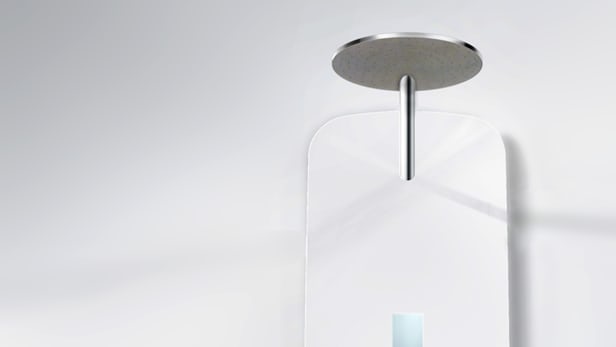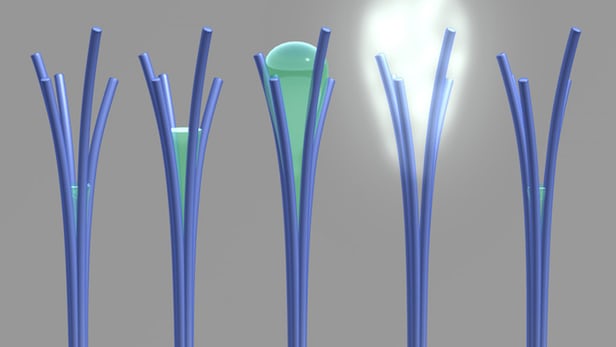A Swedish technology company called Orbital Systems is tackling the issue of water conservation with a new household shower that purifies any water that goes down the drain and sends it back to the shower head. By the company’s estimations, its closed-loop system could retain over 90 percent of the water and 80 percent of the energy consumed by an ordinary shower.
The OrbSys Shower, as the creators have been calling it, is fairly simple in concept, but requires some cutting-edge technology to function properly. To recycle the water coming out of it, a sophisticated filtering system and pump is fitted directly beneath the shower drain in the floor. As the soapy, used water flows into the drain, it’s immediately purified and pumped right back into the shower to be re-used again and again. It’s a similar system to the kind astronauts use on space shuttles, which may explain why Orbital Systems has collaborated with the Johnson Space Center at NASA on the project. Read more












